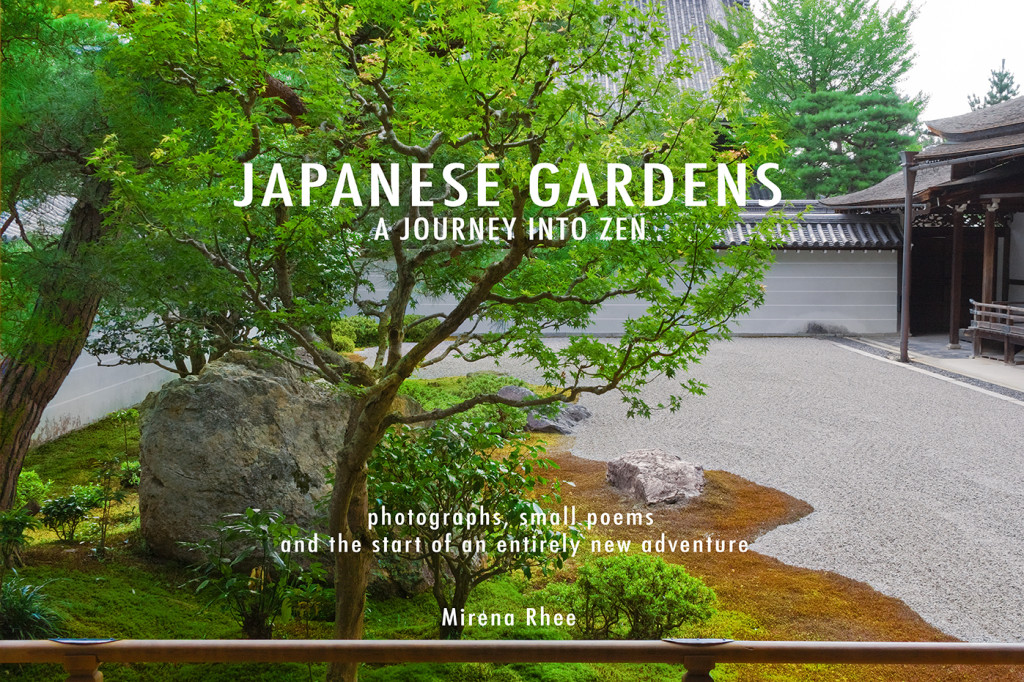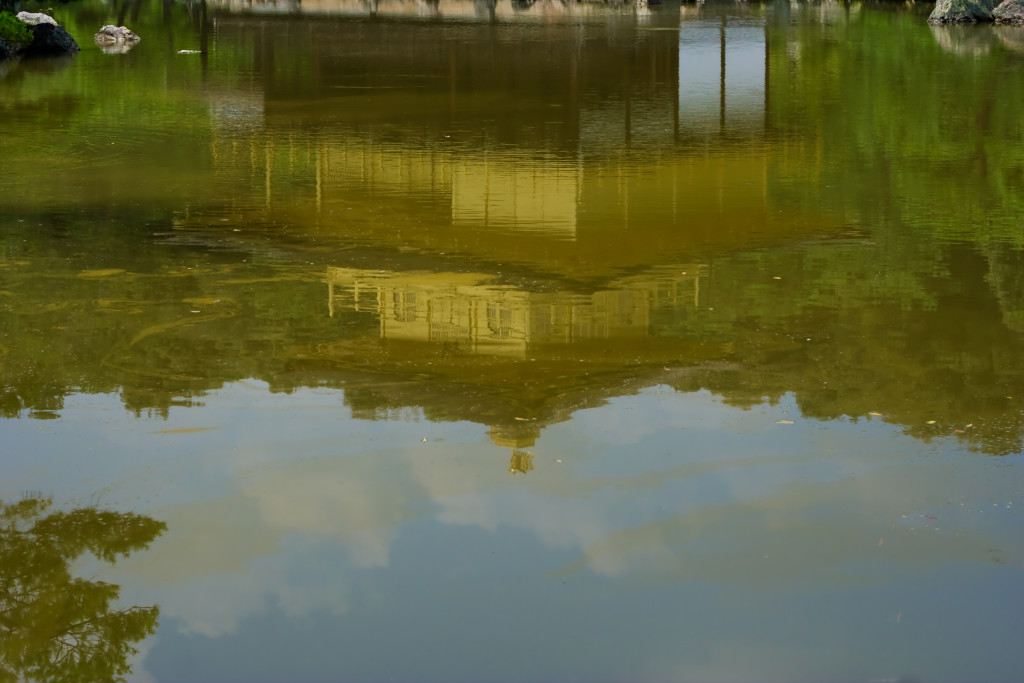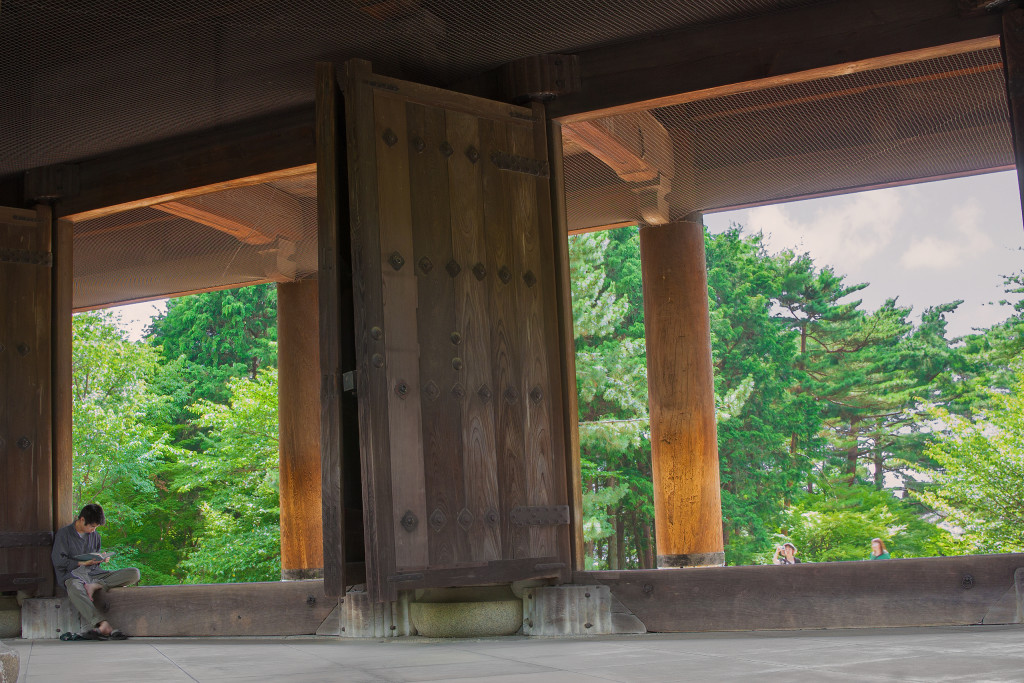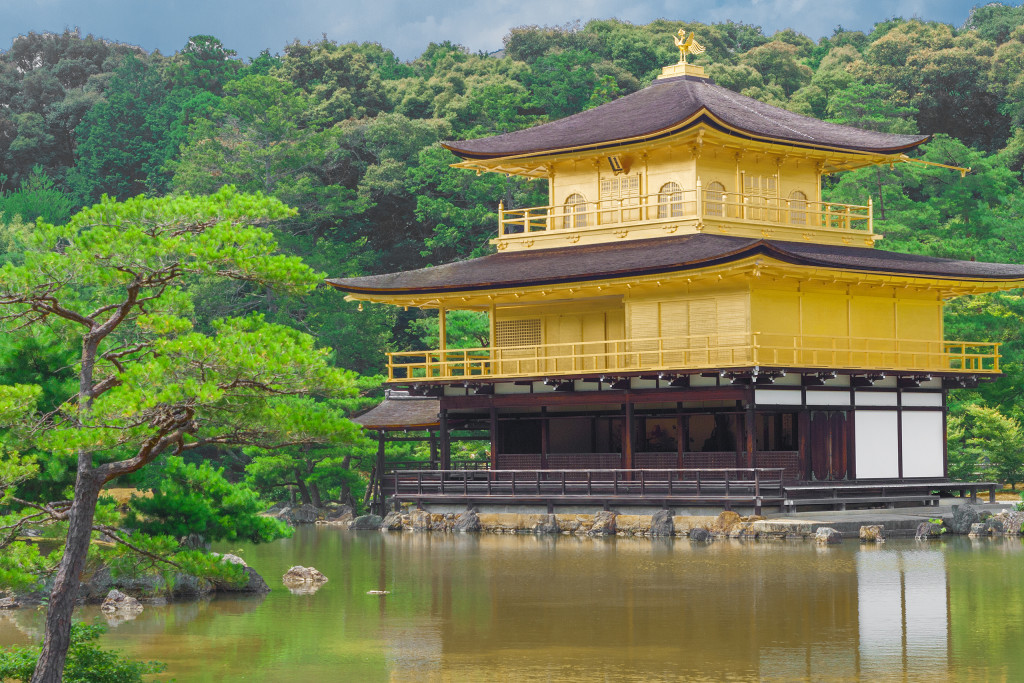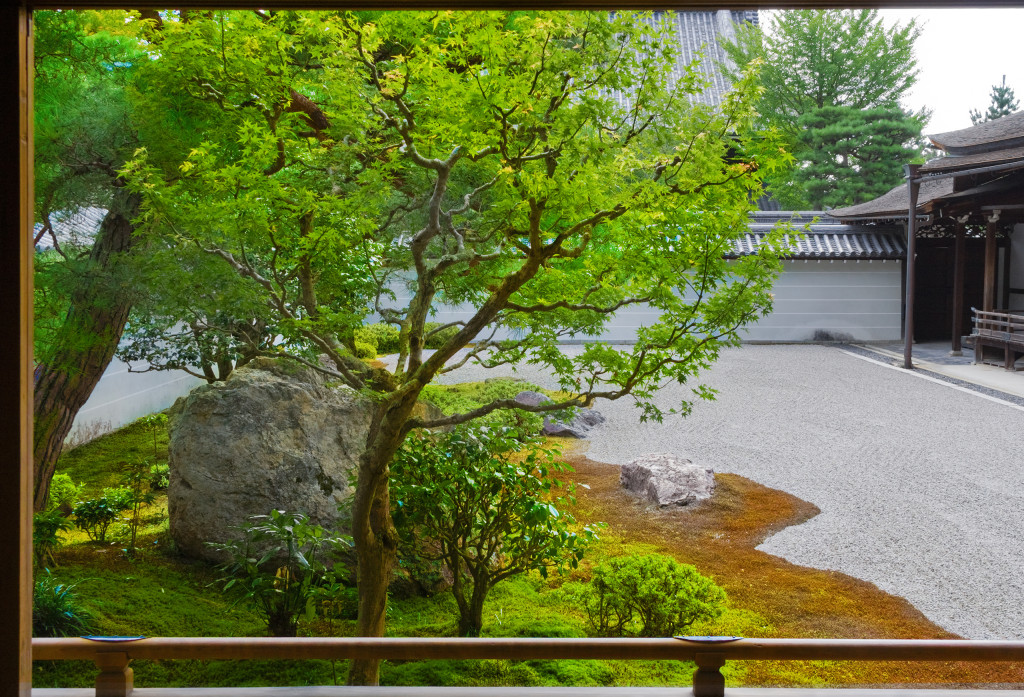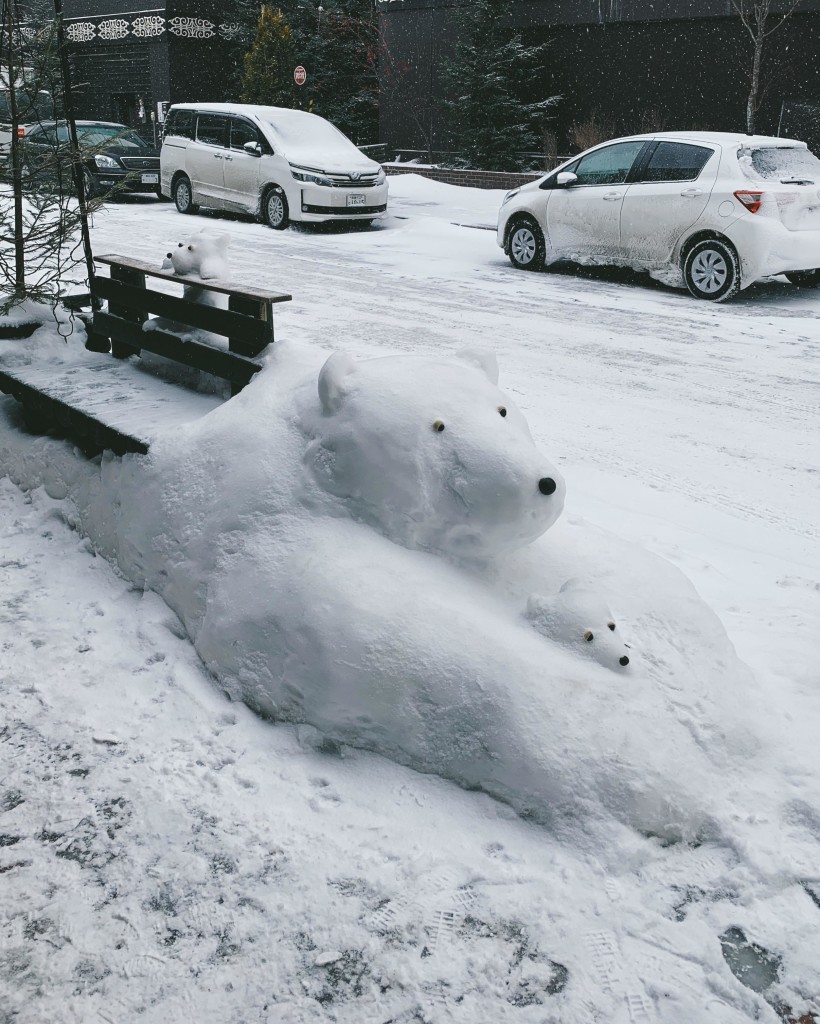AI in the real world and AI in simulation are two very different problems (for now). The real world is complicated and humans are amazing at perceiving and dealing with its complexities. Source lecture (on self-driving cars): https://t.co/b9mxaJGi0d pic.twitter.com/meglTv5vtq
— Lex Fridman (@lexfridman) February 9, 2019
Two Scoops of Ice Cream Star Wars style or should I say Darth Vader style with a sprinkle of X-wing.
X-wing T-shirts !
Giant Hands in East Village
Giant Hands in East Village is a week-long site specific installation created over three nights and one day on site at 172 E 4th street by the generous invitation of Chashama – Chashama.org
Giant Hands in East Village statement
The hands are towering structures traveling through space and time. The hands are the pillars of creation.
The back of every chair every pillow every brick every piece of twisted metal, every twist in a cypress, every hand of god on a roof, every red balloon and every little girl attached to it by a string, every pyramid and colossus has been made by the hand. Every city every spire every fence every wall, every gesture of kindness and generosity.
Due to the ephemeral nature of the hands, they gesture and move on. Some of them move if you wave at them gently. Site specific installation created in the space.
In creating shapes and objects I’m looking for truth, an easy state. I love the East village in the sense that it feels true New York City, with all its grittiness and authenticity. I created this installation in the span of three nights and one day and will only stay up over one week as a site-specific object true to the place. I like the pressure of working fast and keeping doubt to a minimum, I like the pressure of the ephemeral. It will never be the same again.
I loved working in the East village this is quintessential New York City, I loved the space I wanted the hands to gesture inside and to rest on surfaces. I also loved all the graffiti and the marks on the windows which overlapped the work inside. In a way I found the graffiti to be more authentic art and a good truth to aspire to. Because truth is what I am after.
Graffiti are good truth to aspire to. I thought the graffiti and city lights reflecting, overlapping the hands pretty special. This space taught me a lot.
As an artist I live a solitary life, I do investigations and create work in private. There is never finished work and there’s never a definitive answer.
Working in the East Village was very special. I got in touch with a community I’ve never had an opportunity to work in before. Artists from the community came to my exhibit and we had hours and hours of conversations about our work and lives, conversations between artists and also between artists and the community are very important. This is the lifeblood of the creative process.
I derive a lot of inspiration from New York City and every encounter in New York City is significant to me, I really value honesty and truth in the work I create, working on the ground at 172 e 4th street felt like being part of a life process rather than a formal and confined studio experience.
This enabled me to do an investigation into the East Village, the people as well as a ground floor windowed space which invited the street outside. For me removing doubt from work is necessary and having to work under pressure takes care of doubt. Working with a deadline towards a definitive goal is very positive as it sets out a pace for the investigation, because my process is an investigation and usually fast pace keeps it true to the self.
Art is at the center of our inner lives, it is ephemeral and not with immediate material benefit. To have sustainable art practice we need sustained effort to support the workers in the “non-material” economy like artists and poets, writers and others. I am grateful to Chashama for inviting me to work in the space.
Japanese Gardens: A Journey Into Zen
https://www.amazon.com/dp/B00YAE520K
Third edition of my book is on Amazon, I was born halfway around The World from Japan but I have long thought of it as my second home, more of a spiritual home.
Japanese, Zen, Garden, Kyoto, Photography, Poetry, Calm.
Mysterious and enigmatic, abstract and impenetrable, the Zen gardens of Kyoto are a product of enlightened and sophisticated culture whose aim was to transcend nature by means of a man made nature.
The empty space, the surrounding landscape and the frame of mind of the viewer are all part of the design. A design that transcends representation, meaning and ideology. A powerful idea distilled to simple ingredients, the evaporation of art as we know it.
The book is a collection of photographs I took and small poems I wrote during my journey to the Zen gardens of Kyoto. I felt it is impossible to untangle their mystery with the rational instrument of reason. It is a stream of visual and versed thoughts on the joyful occasion of simply being there.
The words express my frame of mind, using the verses᠆ superior ability to express my feelings.
This book is about the frame of mind and the geometry of calm that the Zen gardens of Kyoto represent. As there are no explanations on the walls of the gardens as to the meaning of the sand patterns, so is my book void of explanations and floats on a visual lotus, like an imaginary house.
This book is a photographic essay about the Zen gardens of Kyoto, designed specifically for the Kindle and features stunning, high-resolution photographs accompanied by small poems I wrote. It is crafted to create a calm space of the mind, a vision of tranquility and peace.
The title derives its name from an ongoing photographic chronicles – for more photographs of Japan and other projects please, visit dimmerlight.com, for more on the author visit mirenarhee.com
Here is a poem I wrote on occasion of completing the book:
Tranquil world of rocks, sand,
trees, shrubs and moss.
Little streams water the grounds.
The colors are earthy and bright,
no gusty winds dishevel the patterns.
The wooden floors are swept clean.
The mats lie still.
Landscape with peaceful shapes.
It makes nice thoughts and asks deep questions.
A design with no intent or angle.
Whatever you bring you can take back.
We don’t know who made it that way.
You can come back many times and
find it just the same.
Trees bend this way or that.
Twigs flow here or there.
Ponds flicker.
Rocks ripple
the sand a little.
#photography #garden #kyoto #japan #art #artist#mirenarhee #nycart #rockandsand #photo #japantravel #shinjuku#travel #japantrip #ilovejapan#travelgram #travelphotography#explore #poem #poetry #zen #zengarden #book
#simpleliving
the only kind of snow i like #NYC #snow #NewYork #snowstorm #Japan
Today, NASA will officially have to say goodbye to the little rover that could. The Mars Opportunity Rover was meant to last just 90 days and instead marched on for 14 years. It finally lost contact with earth after it was hit by a fierce dust storm.
gosh but like we spent hundreds of years looking up at the stars and wondering “is there anybody out there” and hoping and guessing and imagining
because we as a species were so lonely and we wanted friends so bad, we wanted to meet other species and we wanted to talk to them and we wanted to learn from them and to stop being the only people in the universe
and we started realizing that things were maybe not going so good for us– we got scared that we were going to blow each other up, we got scared that we were going to break our planet permanently, we got scared that in a hundred years we were all going to be dead and gone and even if there were other people out there, we’d never get to meet them
and then
we built robots?
and we gave them names and we gave them brains made out of silicon and we pretended they were people and we told them hey you wanna go exploring, and of course they did, because we had made them in our own image
and maybe in a hundred years we won’t be around any more, maybe yeah the planet will be a mess and we’ll all be dead, and if other people come from the stars we won’t be around to meet them and say hi! how are you! we’re people, too! you’re not alone any more!, maybe we’ll be gone
but we built robots, who have beat-up hulls and metal brains, and who have names; and if the other people come and say, who were these people? what were they like?
the robots can say, when they made us, they called us discovery; they called us curiosity; they called us explorer; they called us spirit. they must have thought that was important.
and they told us to tell you hello.











































